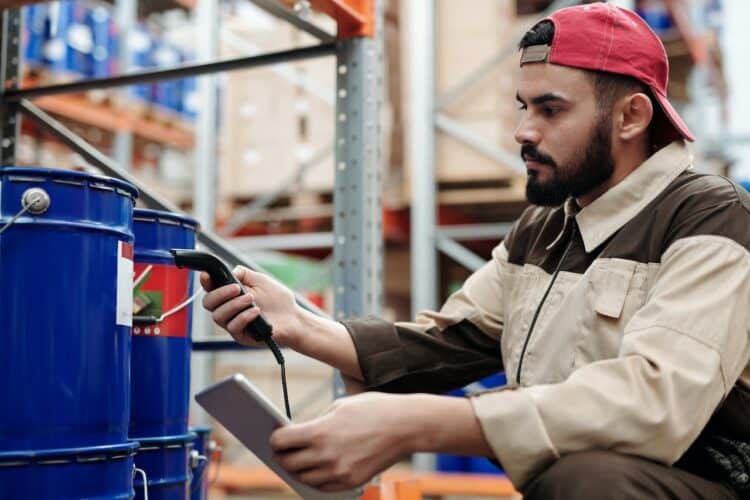Schneider Electric has announced a groundbreaking patent aimed at reducing process safety hazards through the use of artificial intelligence (AI). This innovation allows for the automated or semi-automated analysis of potential hazards in industrial processes, fundamentally transforming risk assessments and safety management practices.
As industries continue to adopt digital transformation, the integration of AI into daily operations offers significant benefits. Schneider Electric's latest advancement comes from the EcoStruxure Triconex Safety team, and it has the potential to identify hazards and validate safety mechanisms effectively. By leveraging high-quality, real-time data, companies can enhance their Hazard and Operability (HAZOP) studies, ultimately leading to safer operational environments.
Chris Stogner, senior director of Offer Management at Schneider Electric, emphasised the importance of this innovation: “We are the first to push this boundary of automating the hazard process analysis with artificial intelligence. Bringing AI to functional safety has the potential to create a more rigorous and robust HAZOP study, generating more combinations of scenarios and deviations than what was humanly possible before.” This statement reflects the transformative potential of AI in making industries safer and more efficient.
The strategic initiative behind this patent aims to enhance functional safety using AI, allowing for simulations of various hazardous conditions. This capability enables the generation of protective mechanisms tailored to specific industrial processes, thus preventing dangerous situations before they arise. Schneider Electric is also pursuing three additional patents that incorporate AI into the functional safety lifecycle, signalling a commitment to innovation in this critical area.
The growing interest in merging human expertise with AI-driven analysis represents a significant shift in the approach to process safety. By harnessing the capabilities of AI, organisations can not only improve their safety measures but also foster a culture of continuous improvement in hazard prevention.
As the industrial landscape evolves, the implications of Schneider Electric's patent extend beyond mere compliance; they pave the way for safer operations that can save lives and protect assets. The integration of AI into process safety management illustrates a forward-thinking approach to addressing the complexities of modern industrial environments.
In a world increasingly reliant on technological advancements, Schneider Electric’s innovation stands as a testament to the potential of AI to enhance safety and efficiency in industrial operations, ultimately contributing to a more sustainable future.



